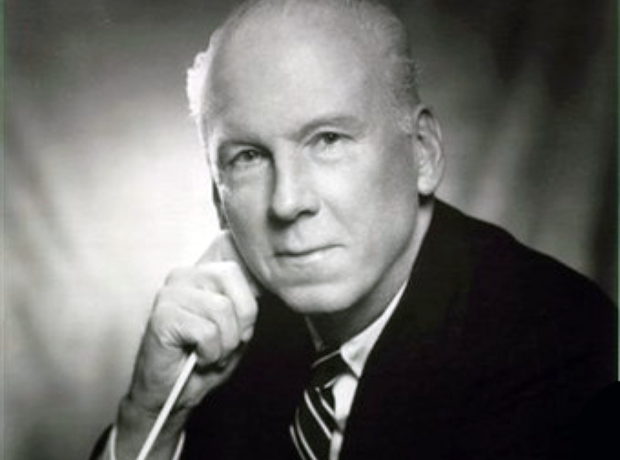 Hey! Who says Leroy Anderson is “lightweight,” anyway? That is, “containing little serious matter”? Just because his music is accessible and fun, with clever sound effects, does that mean it’s not worth our time? Okay, enough with the questions, Let’s get to some answers.
Hey! Who says Leroy Anderson is “lightweight,” anyway? That is, “containing little serious matter”? Just because his music is accessible and fun, with clever sound effects, does that mean it’s not worth our time? Okay, enough with the questions, Let’s get to some answers.
So no, Leroy Anderson was most decidedly not lightweight in terms of his accomplishments. If I were just to list what he did during his life I’d probably take up my entire word limit, so here are some highlights:

 For all you grammar geeks out there, the answer is “both,” depending on the line in the song. It’s quite clever wording. In the first line “jingle” is an adjective, then, in the second line the bells are told to jingle, so the word is now an imperative verb. Isn’t that cool?
For all you grammar geeks out there, the answer is “both,” depending on the line in the song. It’s quite clever wording. In the first line “jingle” is an adjective, then, in the second line the bells are told to jingle, so the word is now an imperative verb. Isn’t that cool?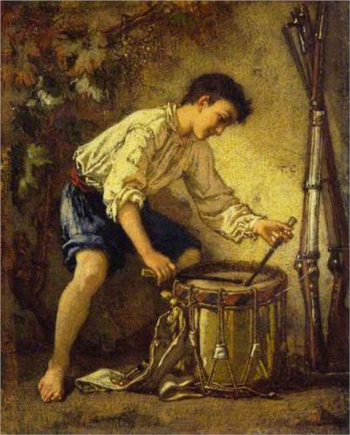 Let’s get the two guys out of the way first. Here’s what I found: the names are common in old French carols, where they are rendered as “Guillô” and, well, “Robin.” The French version of “Willie” is pronounced “Gwee-yo.” Robin’s name is “Ro-bɛ̃,” with that funny-looking “e” being fairly nasal and the “n” not really being pronounced at all—it’s just a marker for the nasal sound. Everybody got that? Anyway, I’m sure if I dug around long enough I could discover why these two names are sort of generic, but I’ll leave it at that, because there’s more ground to cover here. You can just figure that Willie and Robin are like Jack and Jill, or Jim and John, or Lucy and Ethel.
Let’s get the two guys out of the way first. Here’s what I found: the names are common in old French carols, where they are rendered as “Guillô” and, well, “Robin.” The French version of “Willie” is pronounced “Gwee-yo.” Robin’s name is “Ro-bɛ̃,” with that funny-looking “e” being fairly nasal and the “n” not really being pronounced at all—it’s just a marker for the nasal sound. Everybody got that? Anyway, I’m sure if I dug around long enough I could discover why these two names are sort of generic, but I’ll leave it at that, because there’s more ground to cover here. You can just figure that Willie and Robin are like Jack and Jill, or Jim and John, or Lucy and Ethel.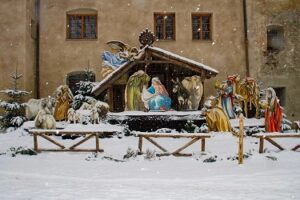 When you see the title of the English Christmas carol “See Amid the Winter’s Snow,” you have to ask yourself the question in the title of this post.
When you see the title of the English Christmas carol “See Amid the Winter’s Snow,” you have to ask yourself the question in the title of this post.
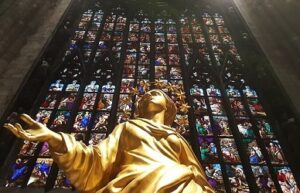 You just never know what you’re going to find out when you google something! I assumed (a common action for me) that Franz Biebl was someone who lived several hundred years ago, as the music has a very old-ish feel to me. Perhaps he lived in the 1600’s or 1700’s? And it certainly would never have occurred to me that:
You just never know what you’re going to find out when you google something! I assumed (a common action for me) that Franz Biebl was someone who lived several hundred years ago, as the music has a very old-ish feel to me. Perhaps he lived in the 1600’s or 1700’s? And it certainly would never have occurred to me that: I’ve done my usual going-far-afield process in trying to decipher this carol, and found that, as usual, Liberties Have Been Taken with the original text, this one from Catalonia. (That’s a region of Spain that speaks a dialect called Catalan; you may be aware that there’s a separatist movement there that seeks to have independence from Spain. The tune, by the way, is apparently Catalonian also, as I’ve seen no composer’s name anywhere.) To start off this post, then, here’s the original text and a quite literal translation:
I’ve done my usual going-far-afield process in trying to decipher this carol, and found that, as usual, Liberties Have Been Taken with the original text, this one from Catalonia. (That’s a region of Spain that speaks a dialect called Catalan; you may be aware that there’s a separatist movement there that seeks to have independence from Spain. The tune, by the way, is apparently Catalonian also, as I’ve seen no composer’s name anywhere.) To start off this post, then, here’s the original text and a quite literal translation: These two items show up all over the place in Christmas music. This verse from the modern carol “In the Silence” by Craig Courtney with words incorporating an Appalachian folk song is particularly pointed, as it includes the symbolism quite plainly:
These two items show up all over the place in Christmas music. This verse from the modern carol “In the Silence” by Craig Courtney with words incorporating an Appalachian folk song is particularly pointed, as it includes the symbolism quite plainly: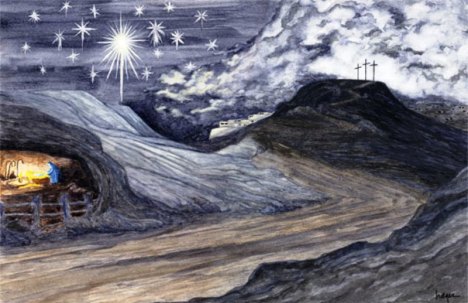 The choir to which I belong performed this piece only two years after its 2015 premier. The composer, Philip Biedenbender, was a senior at St. Olaf College at the time and a member of the famous choir attached to the school. He’s gone on to build a career, with many other works to his credit. You can visit his website
The choir to which I belong performed this piece only two years after its 2015 premier. The composer, Philip Biedenbender, was a senior at St. Olaf College at the time and a member of the famous choir attached to the school. He’s gone on to build a career, with many other works to his credit. You can visit his website 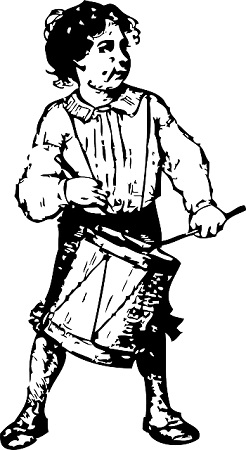 One of the joys of writing the material on this site is that I have an excuse to dive into the meanings of Christmas songs that I’ve been hearing all my life and always vaguely wondered about. “The Little Drummer Boy” certainly falls into that category. I sort of assumed that it fell into the genre of stories about gifts brought to the Christ child, and indeed it does, but t
One of the joys of writing the material on this site is that I have an excuse to dive into the meanings of Christmas songs that I’ve been hearing all my life and always vaguely wondered about. “The Little Drummer Boy” certainly falls into that category. I sort of assumed that it fell into the genre of stories about gifts brought to the Christ child, and indeed it does, but t